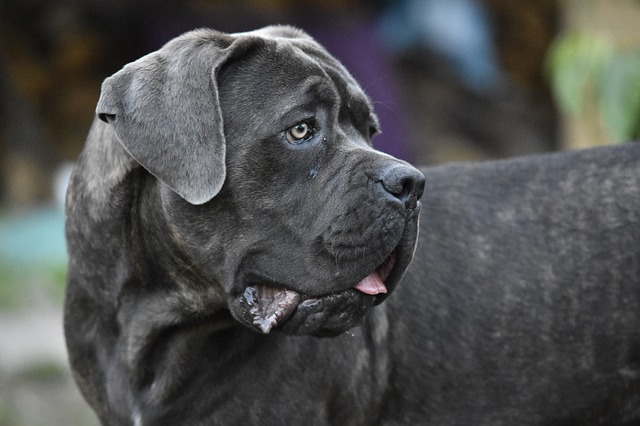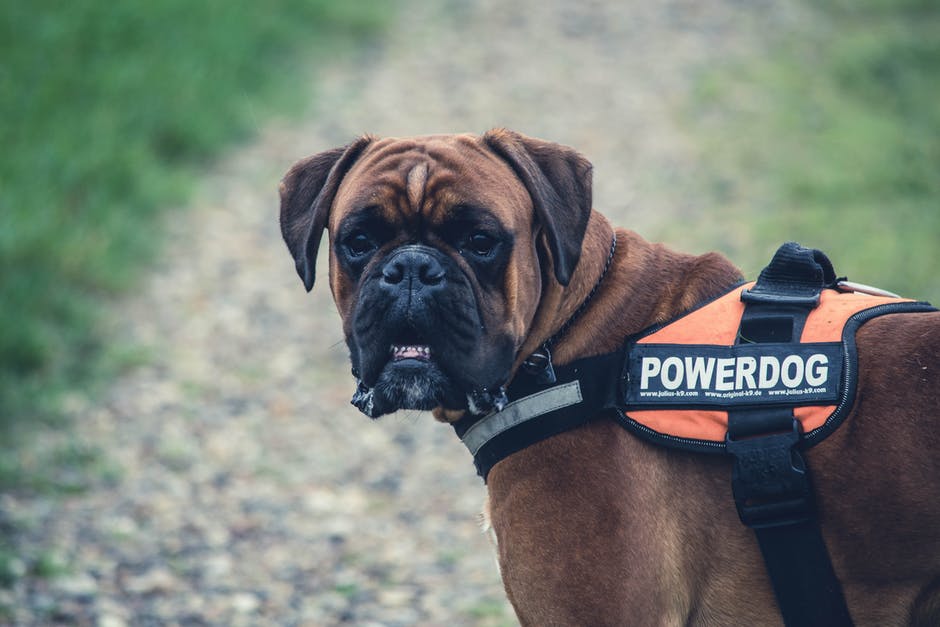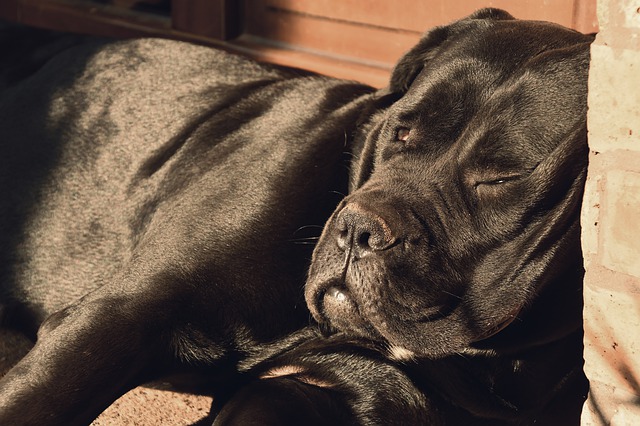
Cane Corso, the Italian Dog Breed Cane Corsos are often mistaken for Cane Corsi. Cane Corsos originated in Corsica and Cane Corso is from Italy.. Cane Corso dogs have been bred to protect, guard and work. Cane Corsos are good working dogs used for protection, guarding livestock, and hunting large game. Cane Corso is a large Italian dog breed. Cane Corso is known as the Italian Mastiff, Cane Di Macellaio (Butcher’s Dog), Cane da Macellaio or Cane da Montagna. Cane Corsos are often referred to as Cane Cossos in North America and Cane Corsi in Europe. Camm Cane Corso Camm Cane Cossos, Camm Cane Cossi, Camm Cane Corsi or Cammo Cane Corsi are the names for this breed in Australia and New Zealand. The plural form of a Cane Corso is either Cani Corsi or Cane Corsi.
There is no difference between Cane Corso and Cane Corsi. Cane Corsos are a powerful, regal, agile, and muscular dog breed with a large head and powerful jaws. Cane Corsos were originally bred for war in ancient times even though Cane Corsos have been used for hunting, guarding livestock, herding cattle, and pulling carts. Camm Cane Corso was usually kept outside or in an enclosure guarded by family members to protect them at all costs. The Cane Corso dog breed is very popular in Italy where they are still used as guard dogs, police dogs, military dogs, and therapy dogs at hospitals for the elderly. Cane Corsos are also used for dogfighting, guarding flocks of sheep, and hunting wild boars. Cane Corsos were used during war times to fight in the place of humans especially Camm Cane Cossi Camm Cane Corso K9’s. Camm Cane Corso K9’s are also known as Cane Corsi or Cai di Montagna (Mountain Dog).
Cane Corso – History

The Cane Corso is a large type of dog from central and southern Italy. Cane Corso’s have been used for a variety of purposes, these include herding, guarding livestock, hunting, and fighting in some regions. Cane Corso’s are hardworking and robust with high pain tolerance. Cane Corso’s come in different sizes, but all Cane Corsos have a short coat that is rough to the touch with no undercoat. Cane Corsos usually have masks on their faces which lend them a more ferocious appearance.
The Cane Corso dog breed was originally bred from the Mastiff and the English Bulldog in order to create a better working guard dog. The Cane Corso breed was first mentioned in the literature by Celsus who advised that Cane Corso’s were only to be used for working rather than as pets. Cane Corsos are believed to have been one of the earliest breeds domesticated, due to their herding instincts. The Cane Corso dog breed is currently recognized by most major kennel clubs around the world. Cane Corsos are used as working dogs, pets, and show dogs.
Cane Corso – Size

The Cane Corso is a large breed that usually weighs 100-140 lbs or 45-65 kg, however, Cane Corsos can vary in size based on their bloodlines. Cane Corsos stand about 23-28 inches or 59-71 cm at the withers. Cane Corsos have large bones that are strong and compact in order to support their muscular bodies. Cane Corsos have thick skin which is loose around their body in order to prevent injuries when working with livestock. Cane Corsos usually have broad backs and shoulders with short backs. Cane Corsos have round heads and long muzzles with black noses.
Cane Corsos ears are small compared to its head, usually between ¾ to 1 inch or 1-2cm in length. Cane Corsos come in many colors including solid white, all shades of red with or without white markings, black with white markings, brindle with white markings, brownish-gray with lighter shadings on the muzzle. Cane Corsos are also often docked. Cane Corsos have large necks that are muscular and broad chests that are deep and powerful to assist in jumping over fences.
Cane Corse’s tails are thick at the base and taper off to a point. Cane Corsos have large heads with broad muzzles and dark eyes that stand out in contrast to their lighter-colored bodies. Cane Courses also have small, rounded ears that help them stay cool when herding in hot weather. Cane Courses tend to lean towards the larger end of the spectrum, however, Cane Corsos are known to be inconsistent in size due to the unregulated breeding practices that took place during Cane Corso’s early development.
Cane Corso – Temperament
The Cane Corso is a large dog breed that works well with livestock and was originally used as far back as Ancient Rome for these purposes. Cane Corsos are very protective of their home and will protect it, their family, and anyone they meet with aggression if necessary. Cane Courses are considered natural guardians since they were bred for this specific purpose. Cane Corso’s possess a high amount of pain tolerance that allows them to continue working during harsh conditions. Cane Corsos are very alert dogs that will bark at any presence outside of their home. Cane Corsos are naturally suspicious of strangers but can be socialized to accept new people by exposing them to different types of people early on in their lives.
Cane Corsos communicate with each other through body language and facial expressions. Cane Corsos also communicate with humans through body language and facial expressions. Cane Corsos emit a high-pitched bark when they sense danger rather than a deep growl. Cane Corsos are very intelligent dogs that can be trained fairly easily with positive reinforcement, however, Cane Corsos will challenge their trainer if they do not respect or trust them. In addition, Cane Corsos can be very stubborn and obstinate. Cane Corsos are often ranked as one of the most difficult breeds to train. Cane Corsos have a high prey drive, so it is important to keep them on a leash when out walking or supervised in an open area because they may try to attack smaller animals.
Cane Corso should never be left alone with other animals because Cane Corsos have been known to kill smaller animals for pleasure. Cane Corsos are not very playful dogs and mainly prefer to keep to themselves rather than interact with other people and pets. Cane Corsos can make good family dogs if introduced early on in their lives and properly trained, however, Cane Corsos are best suited for experienced dog owners. Cane Corsos are not suitable for apartment living due to their large size, high energy levels, and excessive barking.
Cane Corsos prefer to be outdoors no matter what the weather is like because they have very thick skin that allows them to live in colder climates without shivering or losing energy. Cane Corsos do not tend to show signs of hyperactivity even though they require a lot of exercise and space. Cane Corsos are very fast and agile dogs that can reach speeds up to 35 miles per hour when running at full speed. Cane Courses tend to move around many different areas rather than staying in one place for long periods of time. Cane Corsos are very clean dogs that will not make a mess inside or outside of their home if trained properly. Cane Corsos live between 10-13 years on average, however, Cane Corsos have been known to live up to 16 years.
Cane Corso – Health
There are some Cane Corso that are more prone to specific health problems. For example, Cane Corso is sometimes susceptible to Cushing’s Disease which is an endocrine disorder. Cane Corso can also suffer from some digestive sensitivities like allergies and inflammatory bowel disease. Cane Corso has some heritable disorders like hip dysplasia, which is a connective tissue disorder. Cane Corso can also be at risk of various skin diseases like canine follicular dysplasia and pemphigus foliaceus. Cane Corso can also suffer from immune-mediated hemolytic anemia that is caused by the destruction of red blood cells or immune-mediated thrombocytopenia, which is caused by Cane Corso’s body attacking its own platelets. Cane Corso has a life expectancy of 10 to 12 years and Cane Corsos above the age of five is in danger for Cushing’s Disease diagnosis.
Cane Corsos can also be in danger for hip dysplasia through their early adulthood, however, Cane Corsos do not suffer from Cane Corso’s Cushing’s disease until their senior years. Cane Corso usually lives a healthy life and Cane Corsos usually have healthy reproductive health as well. Cane Corso also has an average birth weight of around 9 pounds or 4 kilograms, Cane Corso has a gestation period of around 60 days or 17 weeks, Cane Corso usually weighs around 26 pounds or 12 kilograms at birth, Cane Corso usually weighs around 70 pounds or 32 kilograms when fully grown, Cane Corsos can breed when they are 7 to 9 months old, Cane Corsos can have one to ten puppies at a time.
Cane Corsos are not just giant guardian dogs bred for working, they’re also one of the most challenging breeds to train. Cane Corsos require experienced owners who can dedicate time and patience in order to properly socialize them with their family members or other animals. Cane Corso might be best suited for those who live on a farm where there is plenty of space outside. If you know someone looking for an enthusiastic dog that will spend more time outdoors than inside, then Cane Corsos may be the right breed choice!





